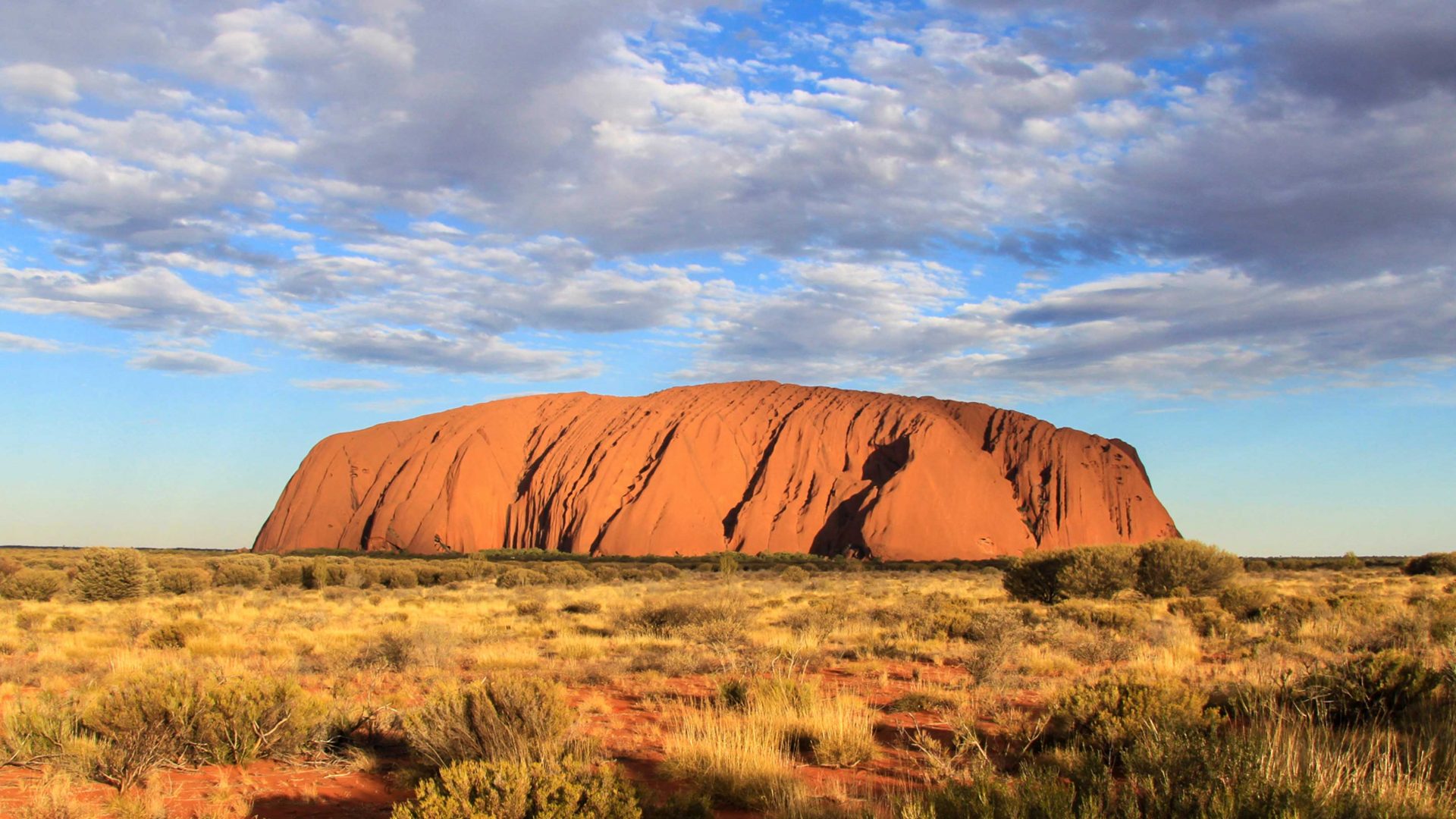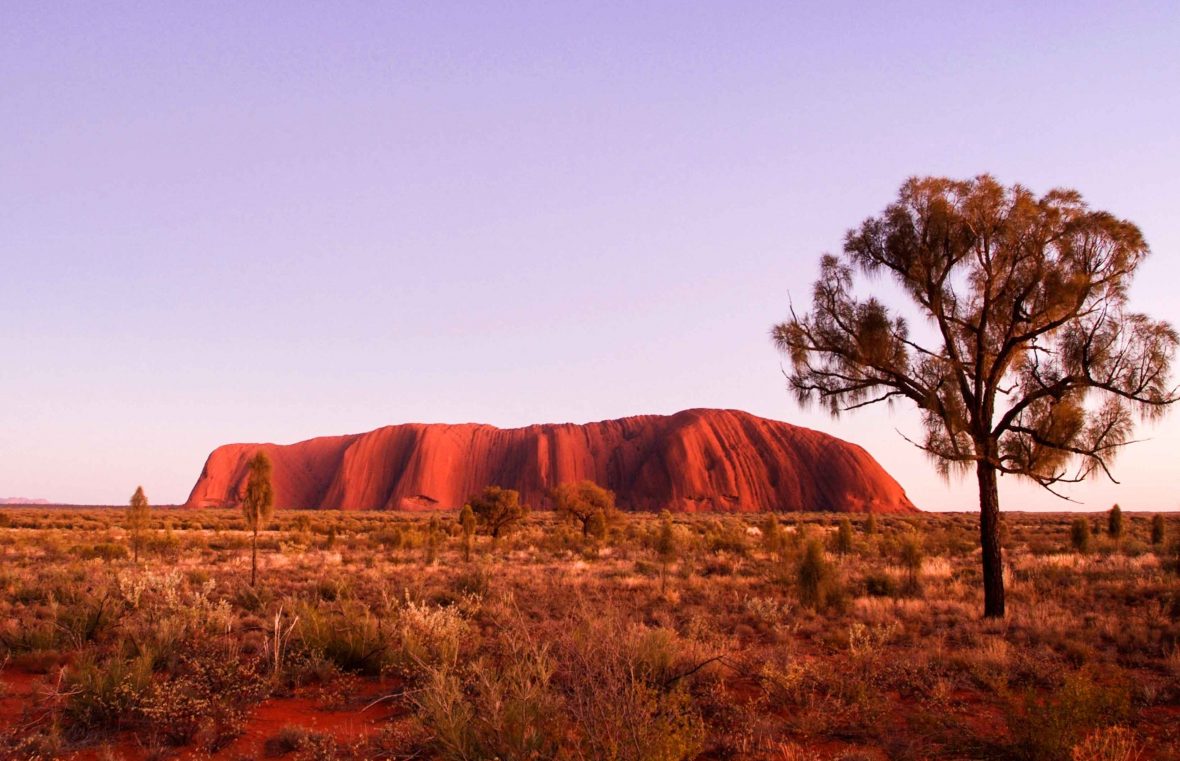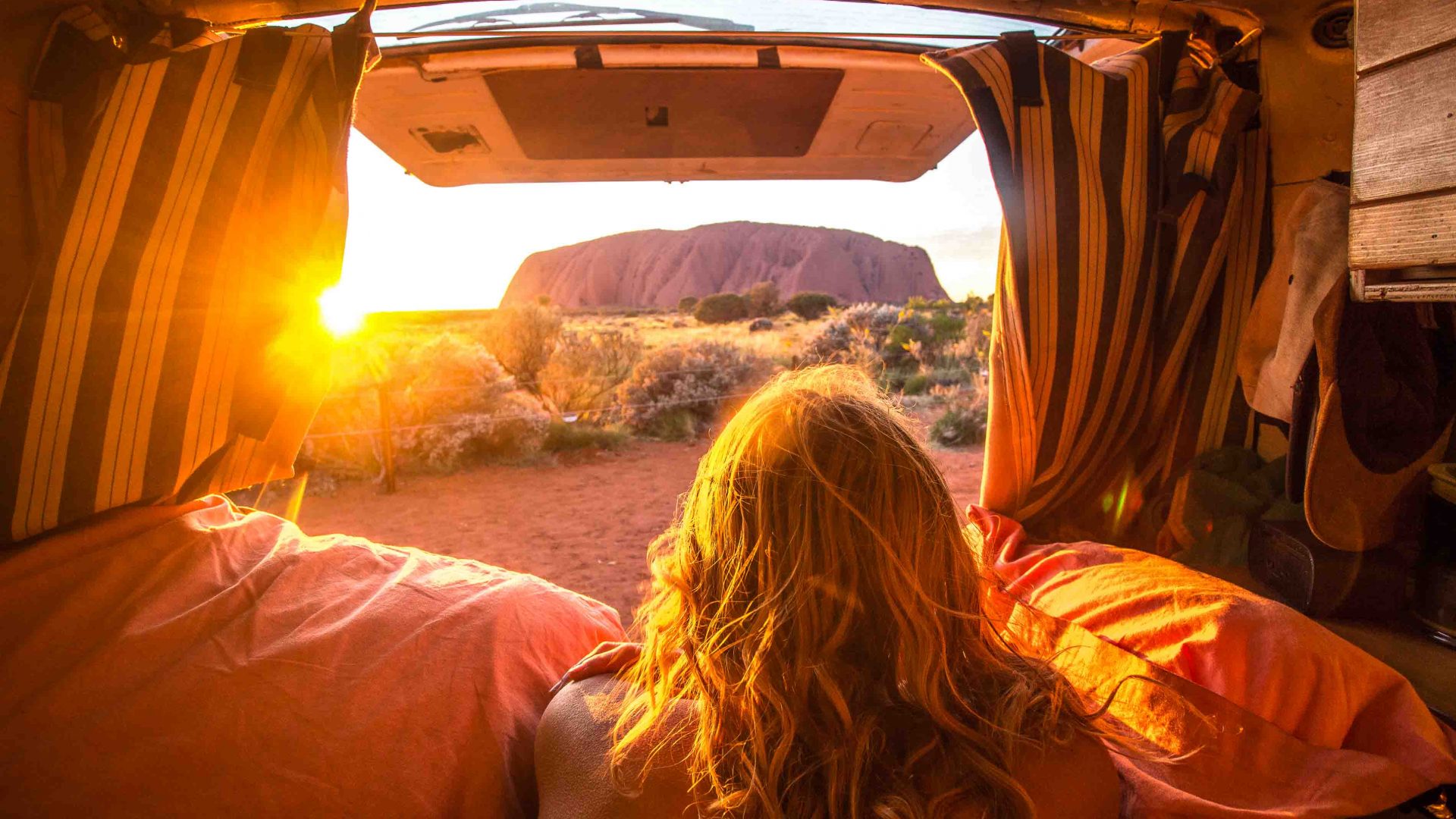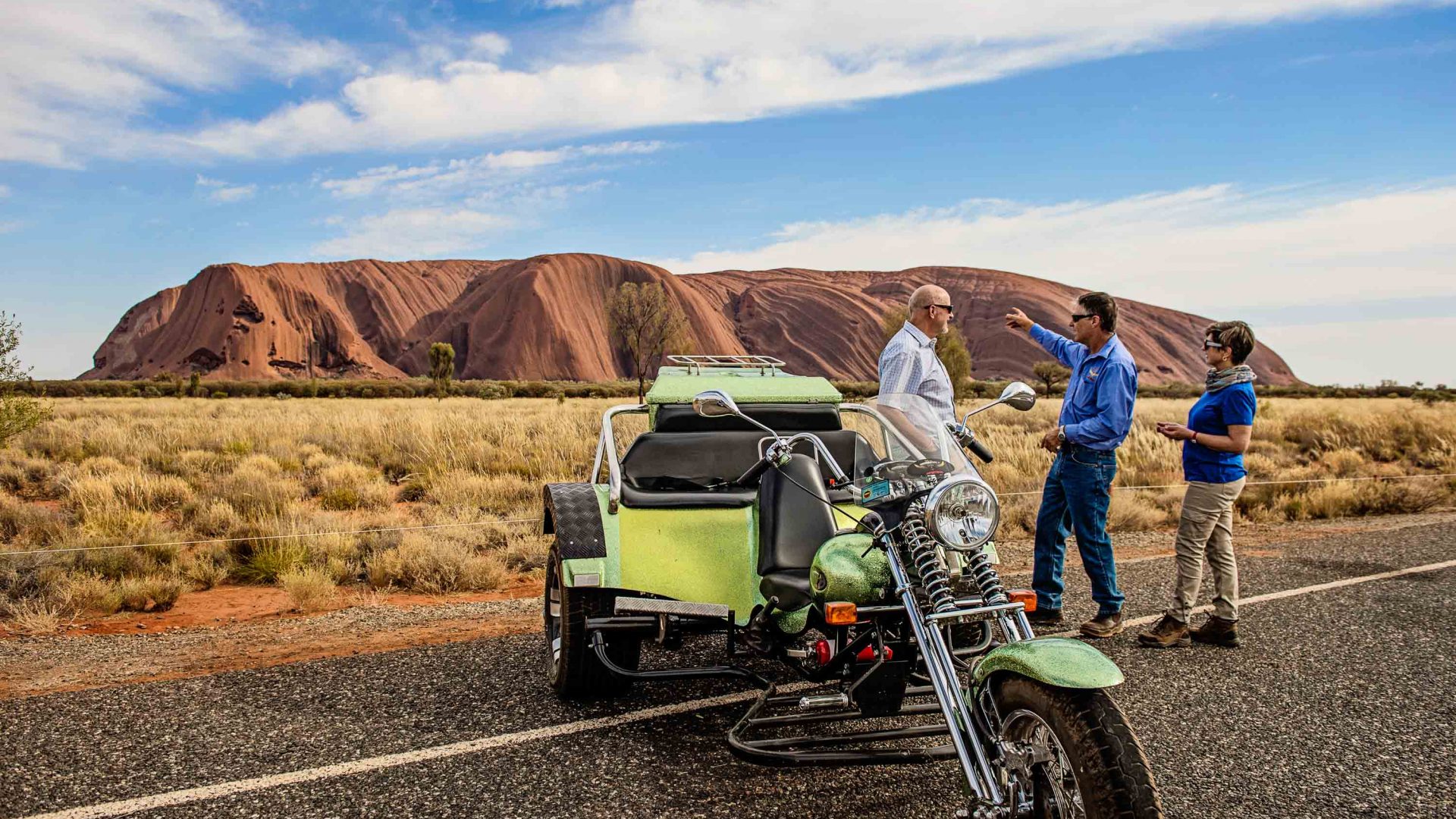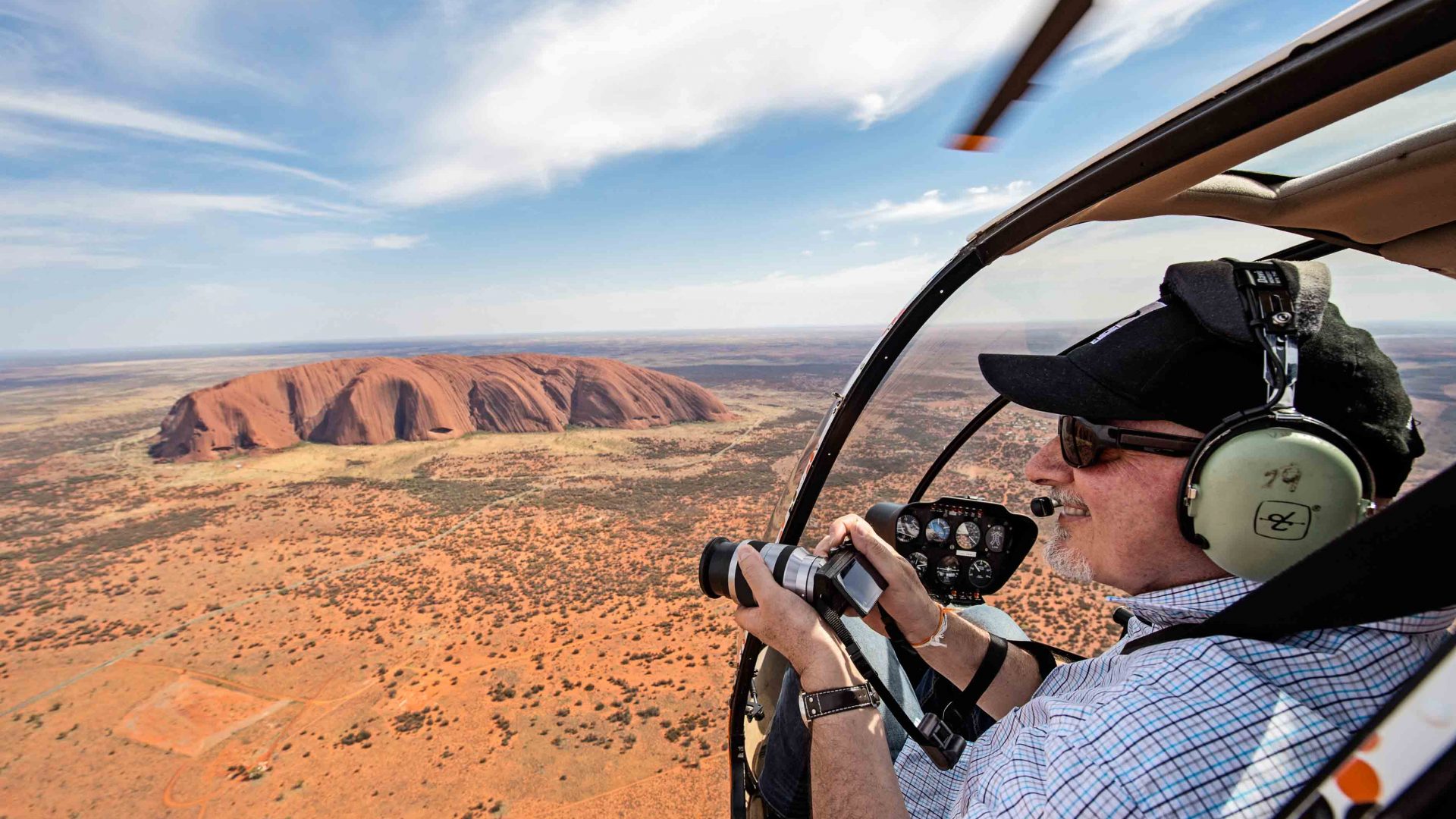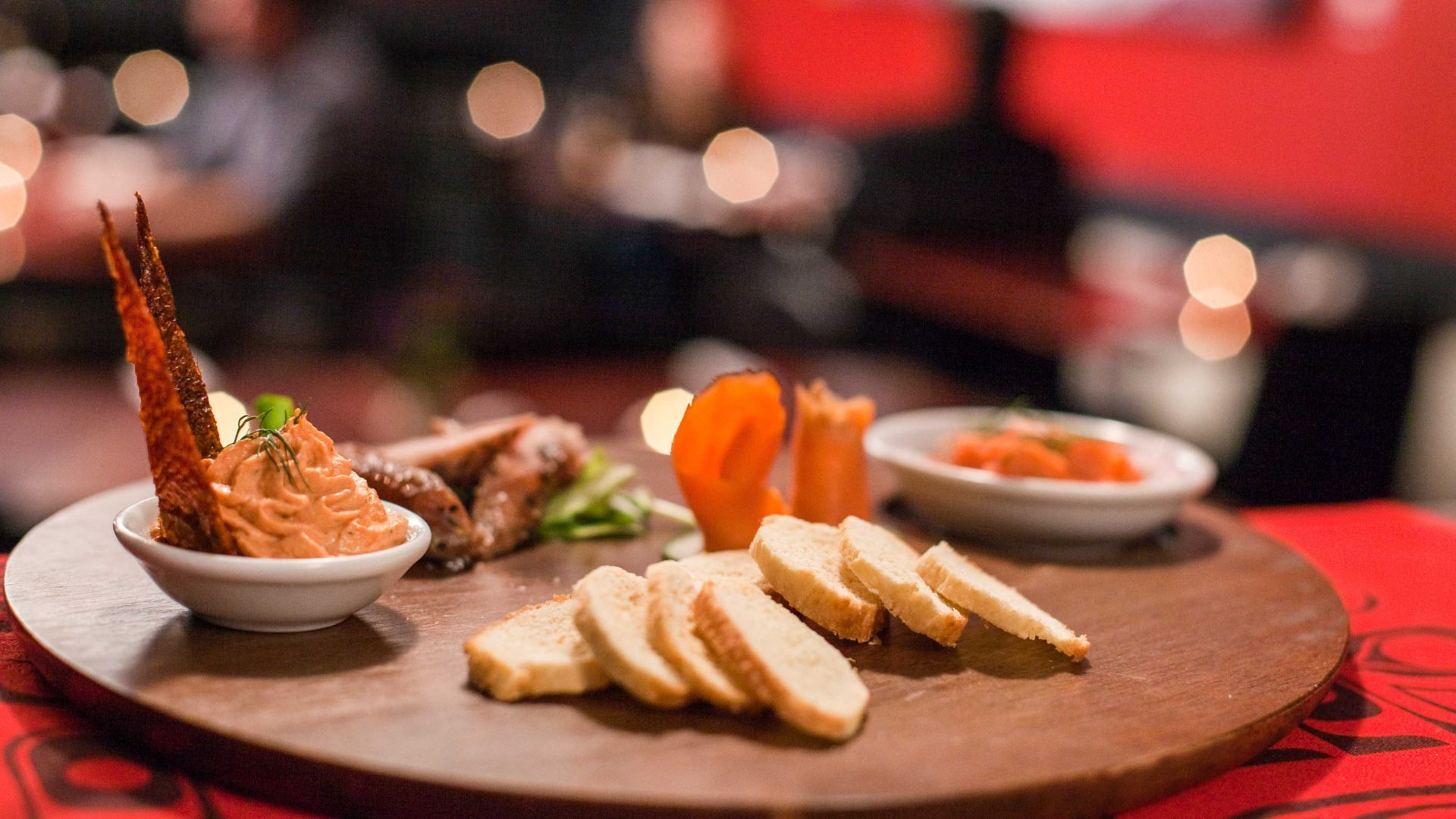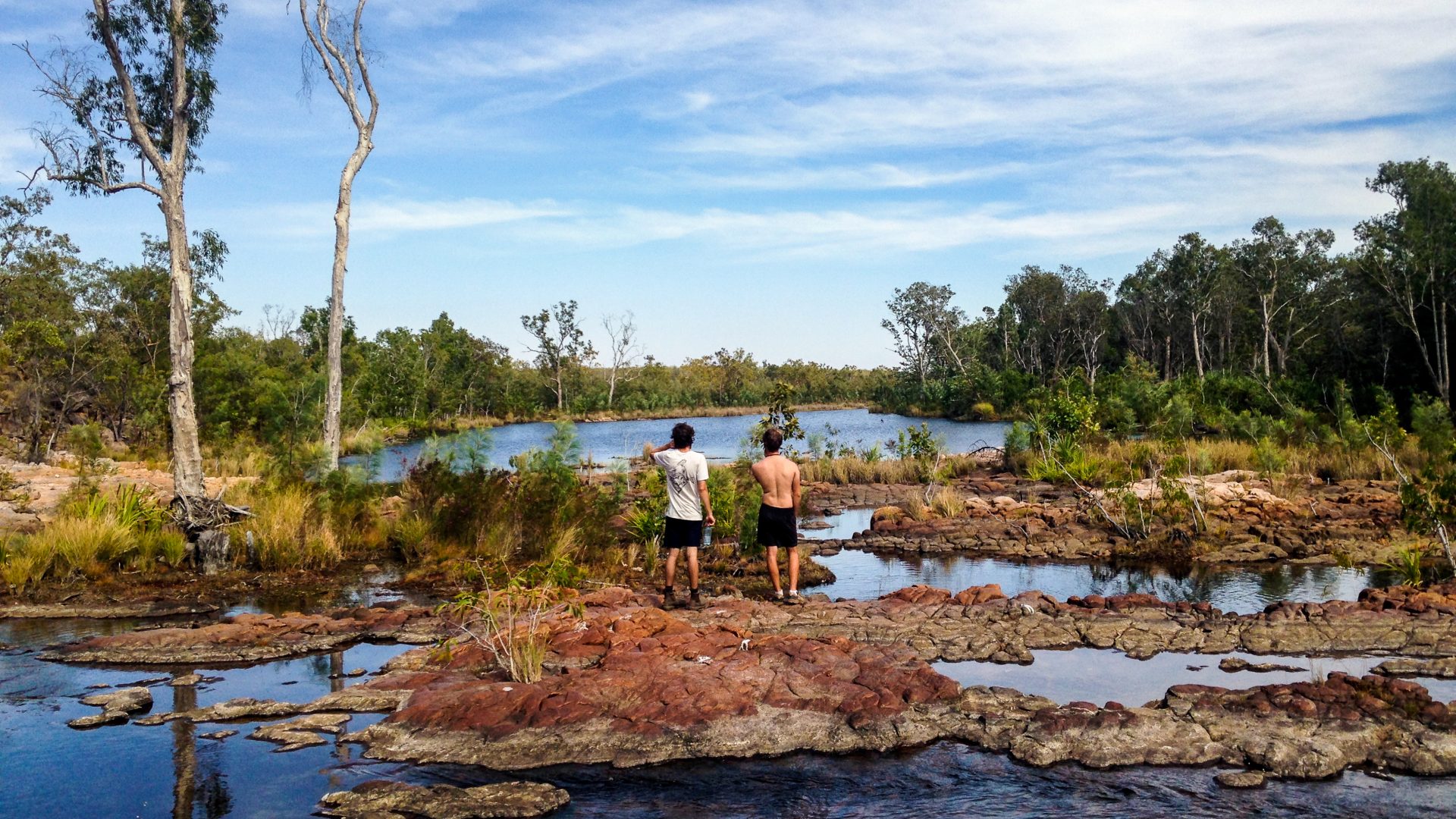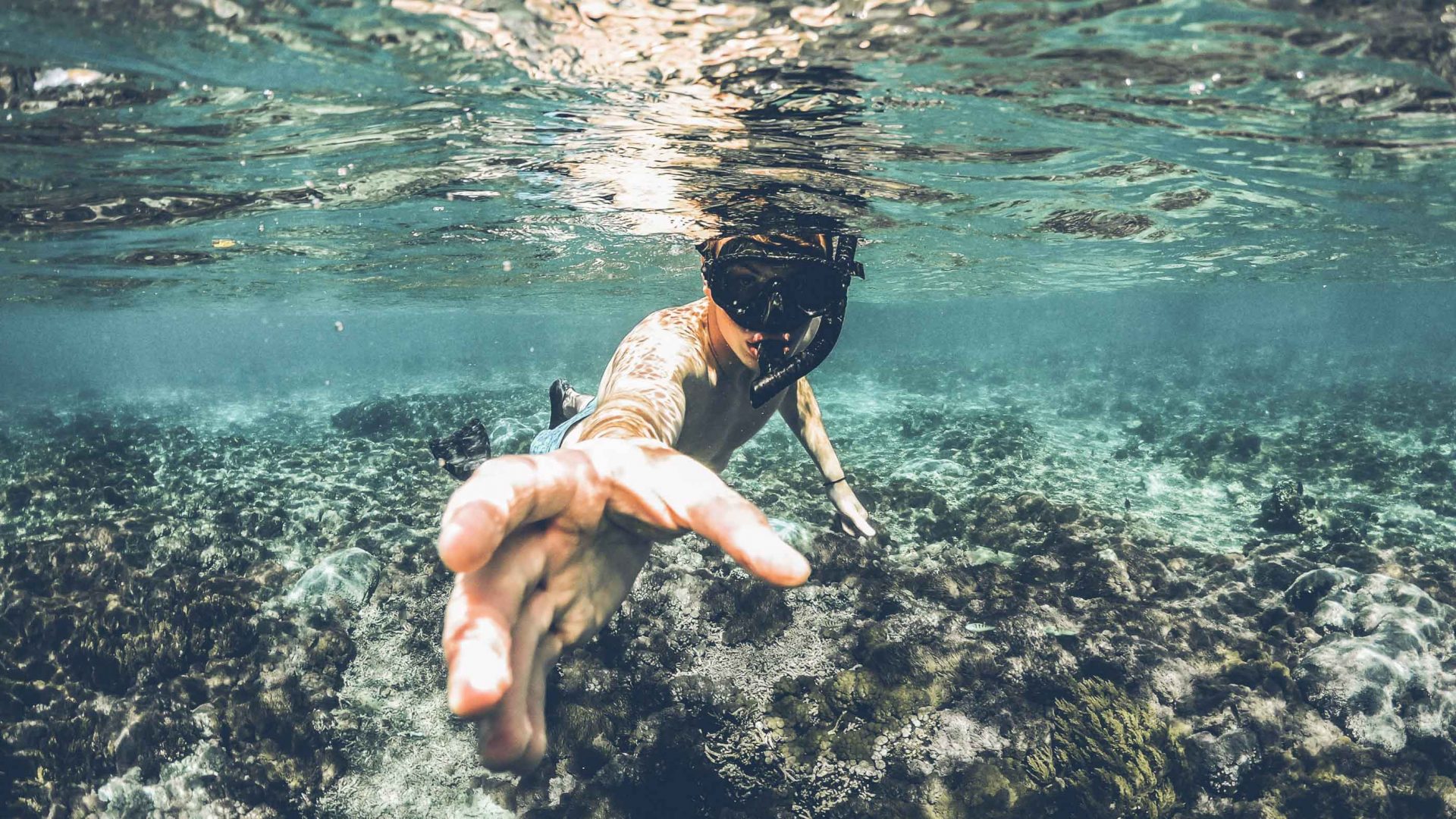Climbing Uluru, the iconic red rock in Australia’s Outback, will be banned from October 2019. What’s the impact of this historic vote and what does it mean for the rock’s traditional owners?
Enough, it has been decided, is enough. From October 2019, it will no longer be possible for visitors to climb Uluru, the big red rock that has become the global icon of the Australian Outback.
The decision to impose a climbing ban was taken unanimously by the Uluru-Kata Tjuta National Park board this week. Outlawing the climb will mark a shift from the previous policy of begrudging toleration, accompanied by increasingly strongly-worded appeals to not climb it out of respect for indigenous wishes.
If it was up to the Anangu people—the grouping of local Aboriginal tribes that are Uluru’s traditional owners—no tourists would have ever climbed it. It has long been a sacred site, for reasons that, in the Anangu culture, are not allowed to be fully explained to uninitiated outsiders.
And now there’s a wealth of activities available, from motorbike, helicopter and camel tours to dining on sand dunes, Aboriginal dot-painting workshops, and stargazing experiences. In short, there’s plenty to fill a few days without feeling the need to tackle the big rock. And this has worked—the most recent data shows that just 16.2 per cent of the National Park’s visitors climb Uluru.
RELATED: Exploring Australia’s far (far) north
National Park Board chairman and senior traditional owner Sammy Wilson explained that the closure has been a long time coming. “It is an extremely important place, not a playground or theme park like Disneyland,” he said. “If I travel to another country and there is a sacred site, an area of restricted access, I don’t enter or climb it, I respect it. It is the same here for Anangu. We welcome tourists here. We are not stopping tourism, just this activity.
“We want to hold on to our culture. If we don’t, it could disappear completely in another 50 or 100 years. We have to be strong to avoid this. The government needs to respect what we are saying about our culture in the same way it expects us to abide by its laws.”
Wilson also stressed the importance of the issue and the pressure the Anangu have been subjected to. “It’s not just at board meetings that we discussed this, but it’s been talked about over many a camp fire, out hunting, waiting for the kangaroo to cook.
RELATED: Resurgence of Canada’s First Nations cuisine
“Over the years, Anangu have felt a sense of intimidation, as if someone is holding a gun to our heads to keep it open. Please don’t hold us to ransom … This decision is for both Anangu and non-Anangu together to feel proud about.”
There has been one final compromise: The closure of the climb will happen in 2019, rather than immediately. Miranda Schooneveldt, the communications manager for Parks Australia, said: “The date chosen by the Board is very significant for Uluru’s traditional owners. On October 26, 1985, the Australian Government handed back their lands, to be owned and managed by them. Our Board also wanted to give everyone in the tourism industry a chance to adapt their existing itineraries and marketing material.”
So the rock will still be open—but just for admiration, not conquest.
